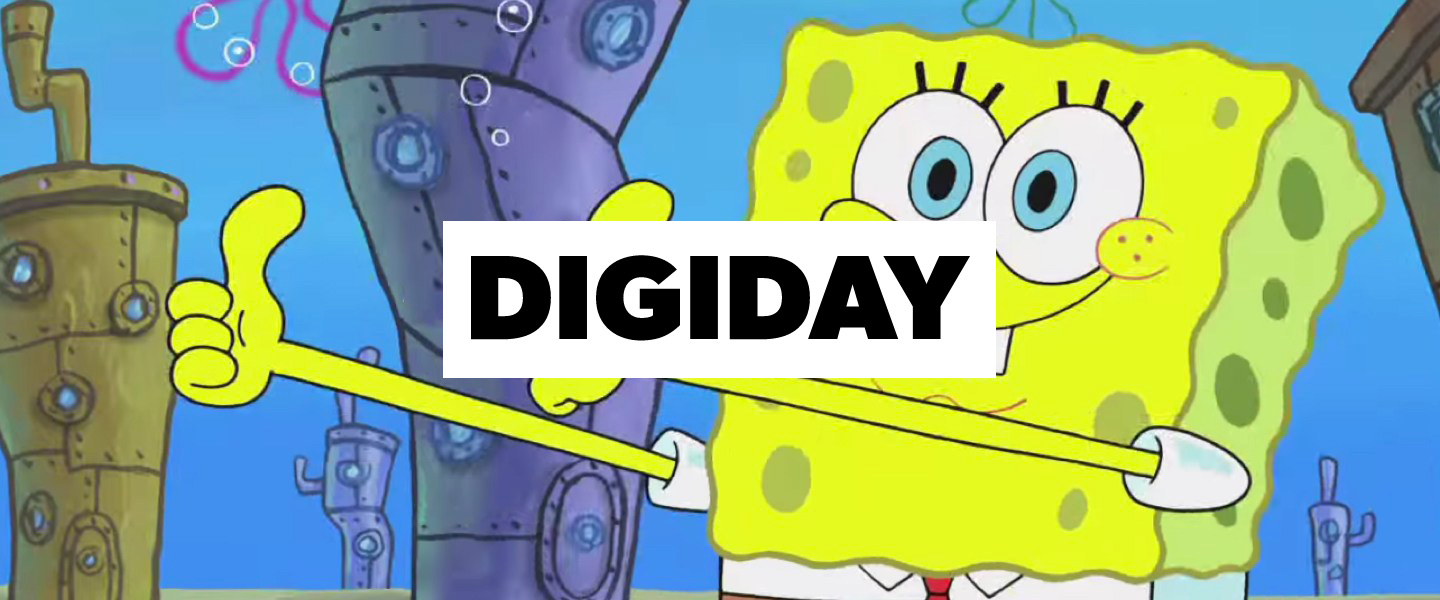David Berzin, Vice President, Social Data Strategy at Viacom Talks About Staying in Step with the Social Media Landscape
 V by Viacom: As marketers, how should we be thinking of social media right now?
V by Viacom: As marketers, how should we be thinking of social media right now?
David Berzin: We’re solving for two variables, really. We’re not just building out branded campaigns and monitoring fan response in the present – we’re also using the data we collect now to help us predict fan response in the future.
V: But social media can be extremely fickle. Is that a good or a bad thing for brands?
DB: I think it’s a good thing because it pushes us to work harder. With the evolving media landscape and its increasing audience and platform fragmentation, changing content consumption habits and new technologies have created challenges for the entire industry. But that evolution has also created a host of new opportunities that continue to help us break new ground.
V: So what does that evolution look like in terms of social platforms and shifting behaviors in audiences?
DB: Well, considering we have the youngest demos of any major television company, we need to be nimble. Then add in the fact that 20 percent of all Millennials are now mobile-only, the growth of live social video and the impact Snapchat is having on the entertainment industry, and you begin to see all these layered nuances.
We know marketers want to reach their fans beyond linear with a scale and breadth of touch points. Our Echo campaigns do just that. To compliment that, we recently launched 3.0 version of the Echo Social Graph (ESG) – our proprietary cross-social measurement tool that helps marketers capture the true reach of our social-by-design campaigns.
The goal is to capture more social platforms than ever before with new insights on emotion, audience and social talent. ESG data also feeds in to our campaign design and projection toolsets, giving our creative teams data-driven insights to really help inform their artistic decisions.
V: What are you trying to capture beyond page views and interactions?
DB: (laughs) Pretty much as wide and deep as you can get. The Echo Social Graph is a constantly evolving platform that, at its core, reaches outside of the traditional television footprint. It’s a measurement of social that more accurately reflects how our fans interact with our content. Think about it – traditionally, marketers have been limited to transacting on sampled Nielsen ratings that measure TV campaigns in isolation, without really seeing their extended reach and impact across emerging platforms. And when you’re working with social data, where platforms emerge and evolve at lightning speed, flexibility is key. The ESG is basically able to capture all of the new interactions so that all of our fans’ snaps, loops, dubs and lip sync videos are measured.
V: That’s a lot of data – how do you derive real meaning from that?
DB: Well, here’s a perfect example. We just did a campaign with Trojan for the 2016 MTV VMA Awards that focused on normalizing the idea of condom use. Snapchat proved to be a huge win for us – we ended up more than doubling the impressions we anticipated delivering. That’s a great key learning about where our most engaged audiences are and how Snapchat is an integral partner for live programming and branded content.
V: Do you have a sense of what marketers are asking for next?
DB: More and more, they’re really interested in identifying social influencers. It’s all about finding a good fit between talent, our advertisers and our brands. That’s why we developed a Social Talent Search platform that we use to leverage the data on top-tier and long-tail social influencers, as well as calculated metrics that allow our casting teams at Viacom to find the perfect talent for each campaign.
V: Is there one thing you’d like to measure that nobody’s attempted yet?
DB: I’d love to dig a lot deeper into the measurement of intra-network referrals within social media networks. For example, what actions drove users to follow, share or otherwise engage with our content on social media. We have some visibility into this for paid campaigns, but not enough for organic activities. It’s these kind of challenges that make us constantly think about “what’s next” vs. “what’s been done before.”


